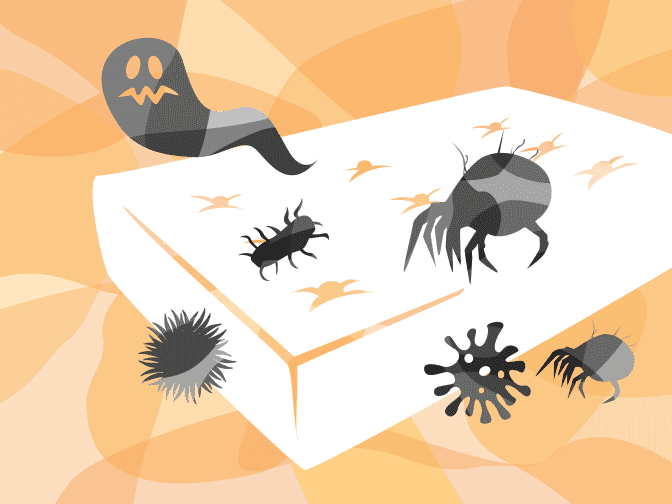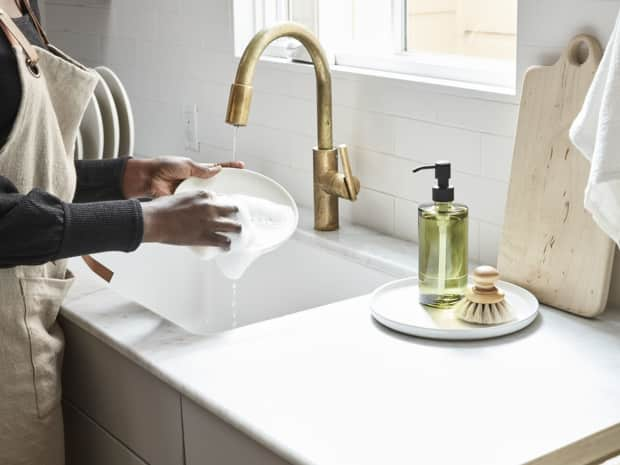1. Use essential oils
Essential oils contain compounds that repel or kill insects, including dust mites.
The best essential oils for getting rid of dust mites are clove, rosemary, and eucalyptus oil.
Add 20 drops of oil to four ounces of witch hazel, and spray your mattress, couch, drapes, and other dust mite hangouts.






